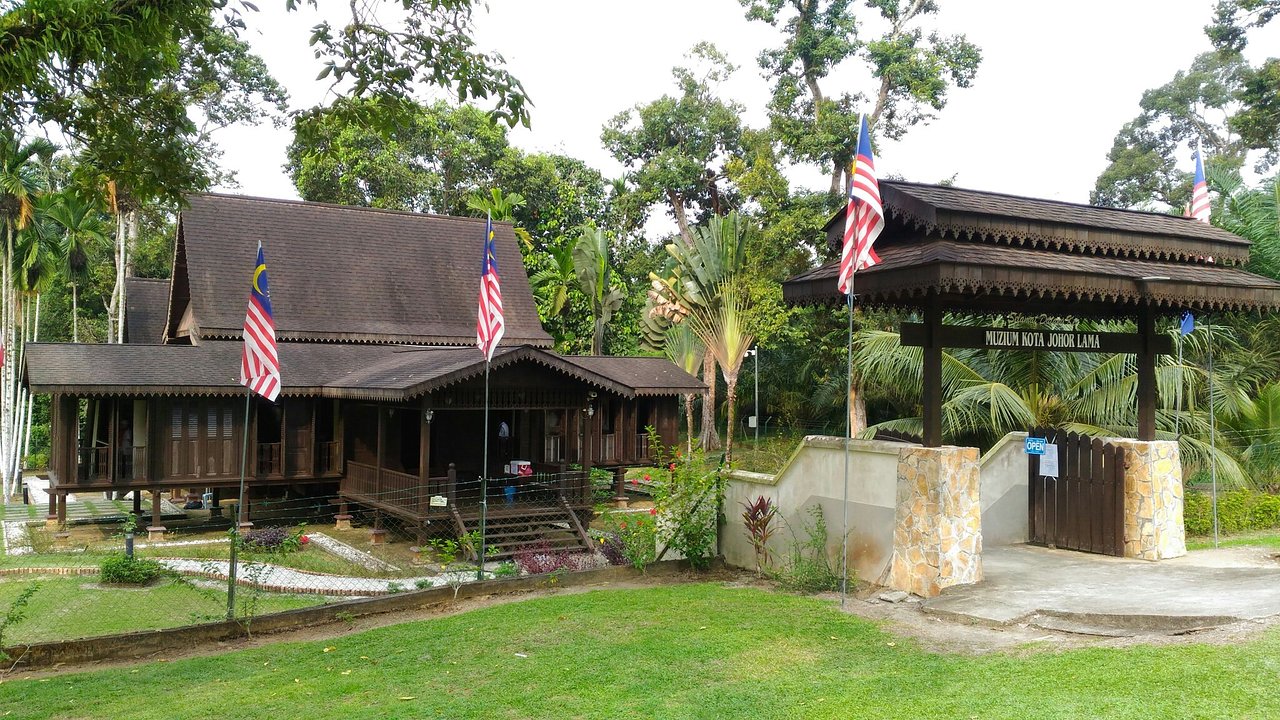Discover the history about Downtown JB.

Johor Bahru is located in a very special and strategic position in Southern Peninsular Malaysia. It's not surprising that it's the most popular gateway from the south, hence the nickname "The Southern Gateway to Peninsular Malaysia". Surrounded by two important waters in Southeast Asia, the Selat Tebrau to the south which also separates it from Singapore. The South China Sea is located to the east of Johor Bahru, enjoying a tropical climate with daily temperature changes from 24oC to 32oC. Overall, the topography of Johor Bahru is flat and undulating with the average elevation of 200 meters above sea level, while the lowest area is 2 meters above sea level. The main river that runs through Johor Bahru is the Segget River, which is about 7 kilometers long and begins from five sources.

The illustrious history led by its pioneer, Temenggung Daeng Ibrahim, has propelled Johor Bahru as one of the rapidly developing cities in Malaysia. Johor Bahru is connected to other cities in the country through a network of highways and air transportation. The distance between Johor Bahru and the major city of Kuala Lumpur is approximately 375 kilometers, and just about 1.5 km away from Singapore city which is connected by the Johor Causeway.

Johor Bahru was officially opened on March 10, 1855 by Temenggung Daeng Ibrahim after Sultan Ali Ibni Sultan Husain Syah ceded the state of Johor, with the exception of the Kesang territory, to him. The work of starting and building the city of Johor Bahru, which was previously known as Iskandar Puteri, was carried out from Teluk Belanga, Singapore, which was the residence of Temenggung Daeng Ibrahim, and also the birthplace of several important figures in the history of the modern Johor Kingdom.

Temenggong Daeng Ibrahim passed away on January 31, 1862 and was succeeded by Temenggong Abu Bakar. He was responsible for introducing modern administration to the state of Johor, thus earning him the title "Father of Modern Johor". Due to the increasing population and new areas that were being explored, Temenggong Abu Bakar changed the name of Iskandar Puteri to Johor Bahru in a grand ceremony.
In 1889, the Johor state government center was moved from Teluk Belanga, Singapore to Johor Bahru. Some of the important figures from Johor include Abdul Rahman Andak (Datuk Seri Amar Diraja), Munsyi Muhamman Ibrahim (Datuk Bentara Dalam), Abdul Samad Ibrahim (Datuk Penggawa Barat), Engku Sulaiman Daud and many others.